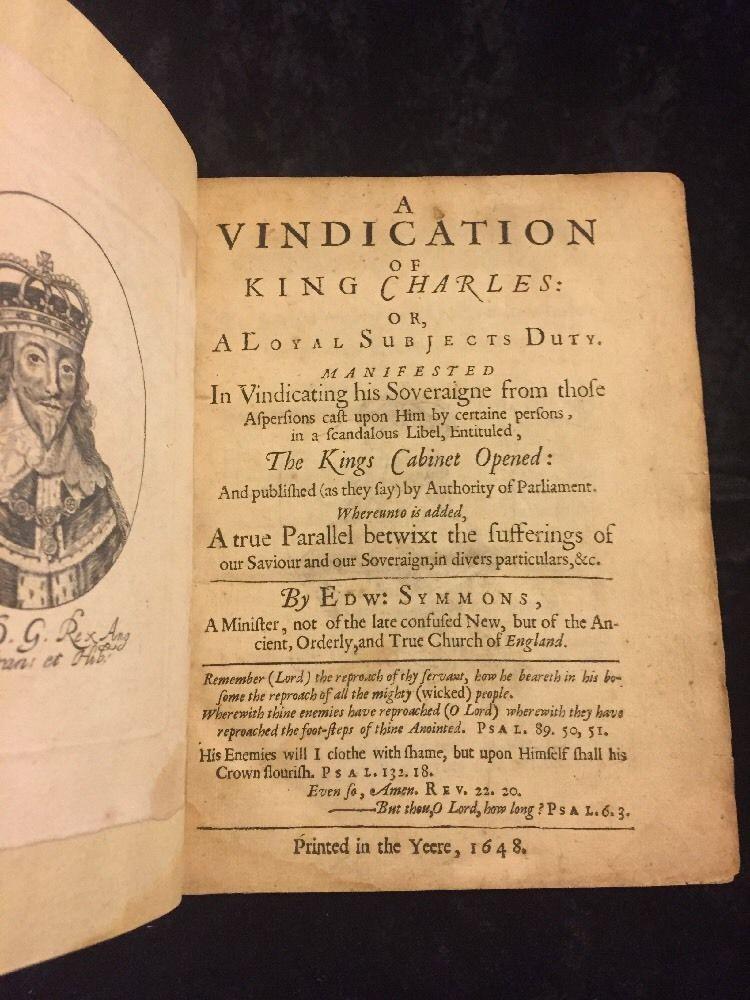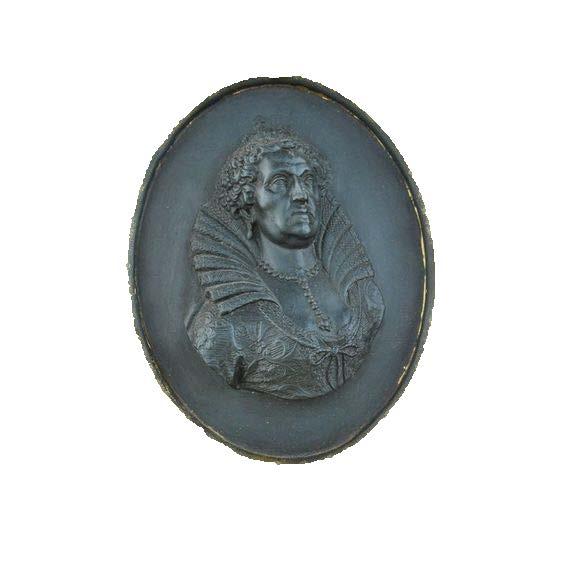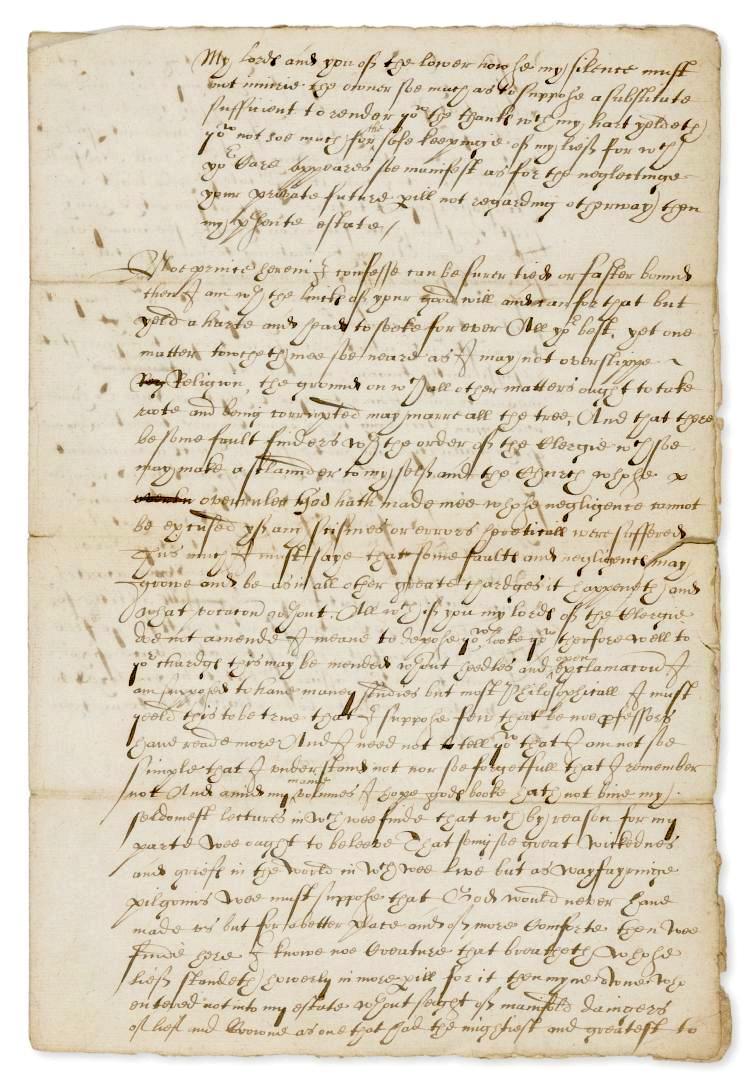
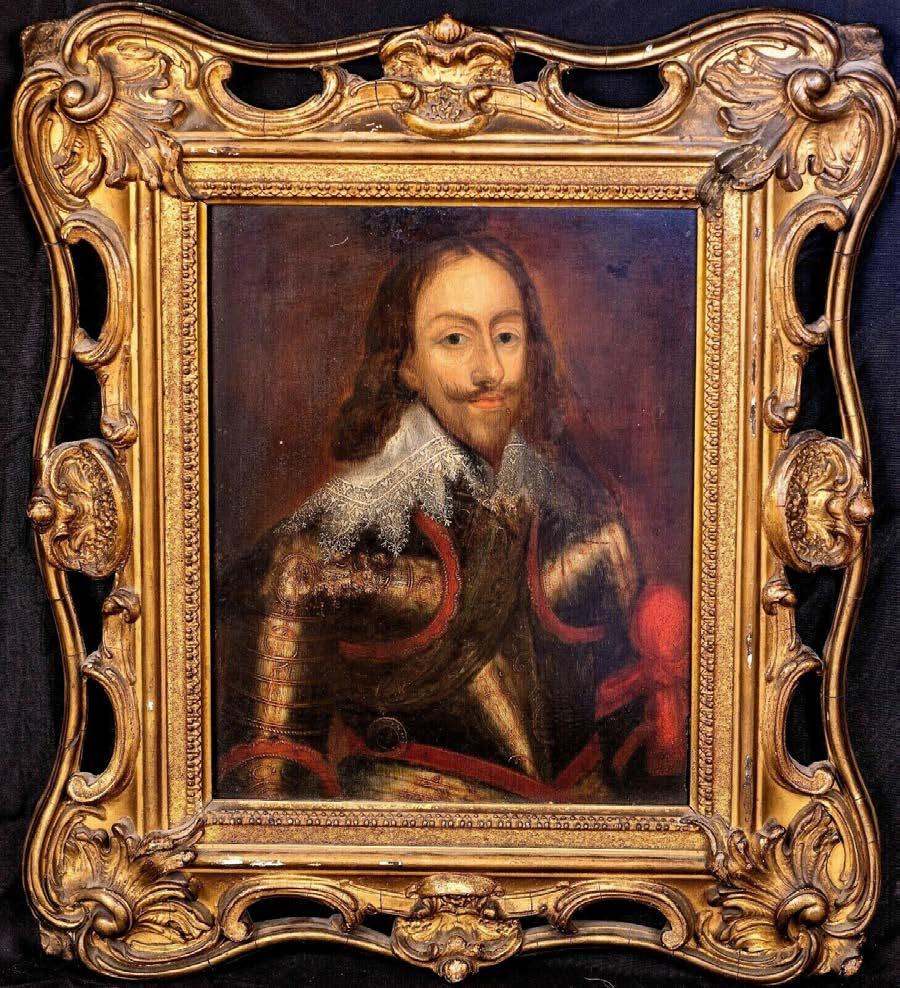


TABLE OF CONTENTS

P. 7-14 The Death Warrant of King Charles I of England
P. 15-18 Solicitor’s copies of the last will & testament of Dowager Lady Strathmore of Glamis Castle
P. 19-22 Oliver Cromwell
P. 20-21 Oliver Crowell’s namesake uncle
P. 24-28 Royal wax seals, King Charles I and Queen Elizabeth I and others
P. 30-34 English 17th Century beheading axe
P. 35-36 17th Books on Justification of The Execution f Charles I, Milton. A Defense of Charles, Et al.
P. 38 Document signed by King Charles I from his stronghold at Oxford 1643
P. 40-45 A 16th C. Speech in secretarial hand by Queen Elizabeth I Giving Trenchant Warning to the Catholic Opposition – Sets Stage for struggles in the century following
P, 46-47 John Milton’s Place in the Matter
Many Thanks to the Following for Their Assistance
Bridget Clifford (Mrs), Keeper of Tower Armouries, HM Tower of London
Prof. Matthew M Reeve, Associate Professor and Queen's National Scholar, Ph.D. (Cambridge University) , FSA Fellow of the Society of Antiquaries
Michael Snodin, Chairman and Honorable Curator of the Strawberry Hill Trust
Ingrid Thompson, Glamis Castle Archivist
Nica Gutman Rieppi, Principal Investigator for Art Analysis & Research (US) LLC (recently authenticated the period of the Salvator Mundi by da Vinci)

Desmond Shawe-Taylor, Surveyor of The Queen's Pictures
York House, St James's Palace
King Charles I (19 November 1600 – 30 January 1649)[a] was King of England, King of Scotland, and King of Ireland from 27 March 1625 until his execution in 1649

17 th C. painting in original frame collection Yuko Nii Foundation

Henrietta Maria of France (1609-1669) wife of King Charles I of England
17 th c. portrait in original frame Collection Yuko Nii Foundation
From Wikipedia, the free encyclopedia

Henrietta Maria and Charles were "dedicated and knowledgeable collectors" of paintings, including Orazio Gentileschiand the miniature painters Jean Petitot and Jacques Bourdier.
During his 1631 Northwest Passage expedition in the ship Henrietta Maria, Captain Thomas James named the north west headland of James Bay where it opens into Hudson Bay for her. The US state of Maryland was named in her honour by her husband, Charles I.
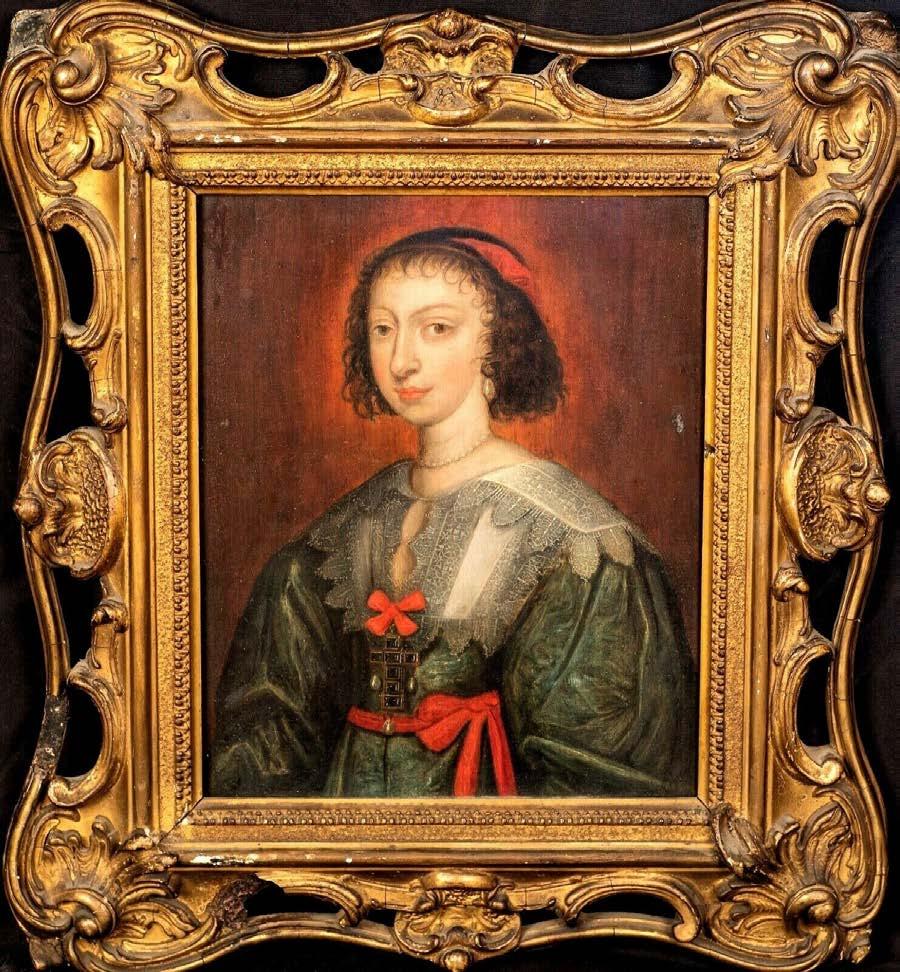
Above: The original death warrant of King Charles I and the wax seals of the 59 commissioners, 1649
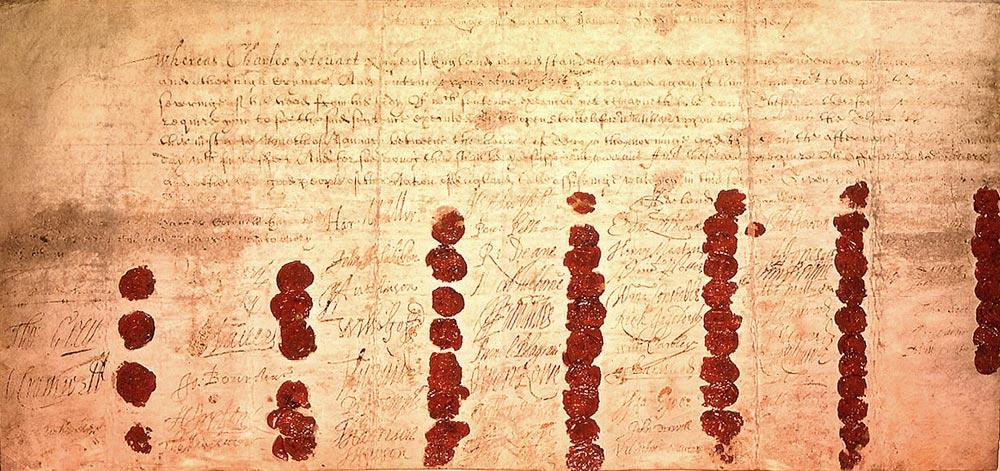
Location: British Parliament
The above is a copy of the Warrant sent o the Sheriff (by the Lords) for the execution of King Charles.
Magna Carta Libertatum (Medieval Latin for "the Great Charter of the Liberties"), commonly called Magna Carta is a charter darfted by the Archbishop of canterbury and agreed to by King John of England at Runnymede, near Windsor, on 15 June 1215. It declared the protection of church rights, protection for the barons from illegal imprisonment, access to swift justice, and limitations on feudal payments to the Crown to be implemented through a council of 25 barons. The charter was annulled by Pope Innocent III, leading to the First Barons' War.
At the end of the war in 1217, it formed part of the peace treaty agreed at Lambeth, where the document acquired the name Magna Carta.
At the end of the 16th century there was renewed interest in Magna Carta. Some at the time believed that this was derived from an ancient English constitution, going back to the days of the Anglo -Saxons, that protected individual English freedoms.


Jurist Sir Edward Coke used Magna Carta, arguing against the divine right of kings propounded by the Stuart monarchs.
Both James I and his son Charles I attempted to suppress the discussion of Magna Carta. The issue was settled by by the English Civil War of the 1640s and the execution of Charles.
Above: Hand rendered copy of the death warrant of King Charles I. Iron gall ink was in wide use from the 9th century until the 19th century, and there are innumerable objects that display the signs of "strikethrough" deterioration like this when the ink appears to sink through the paper and become increasingly visible on the reverse side


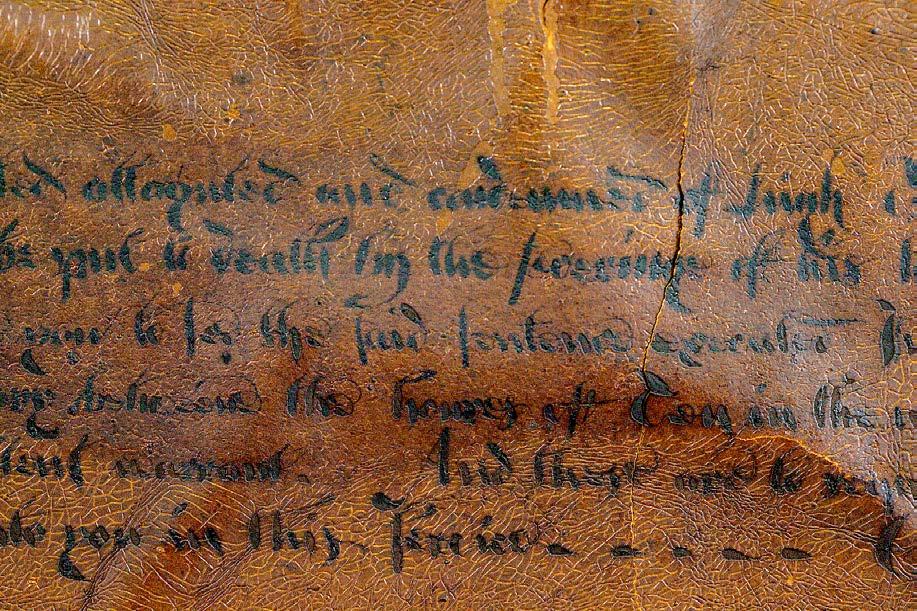
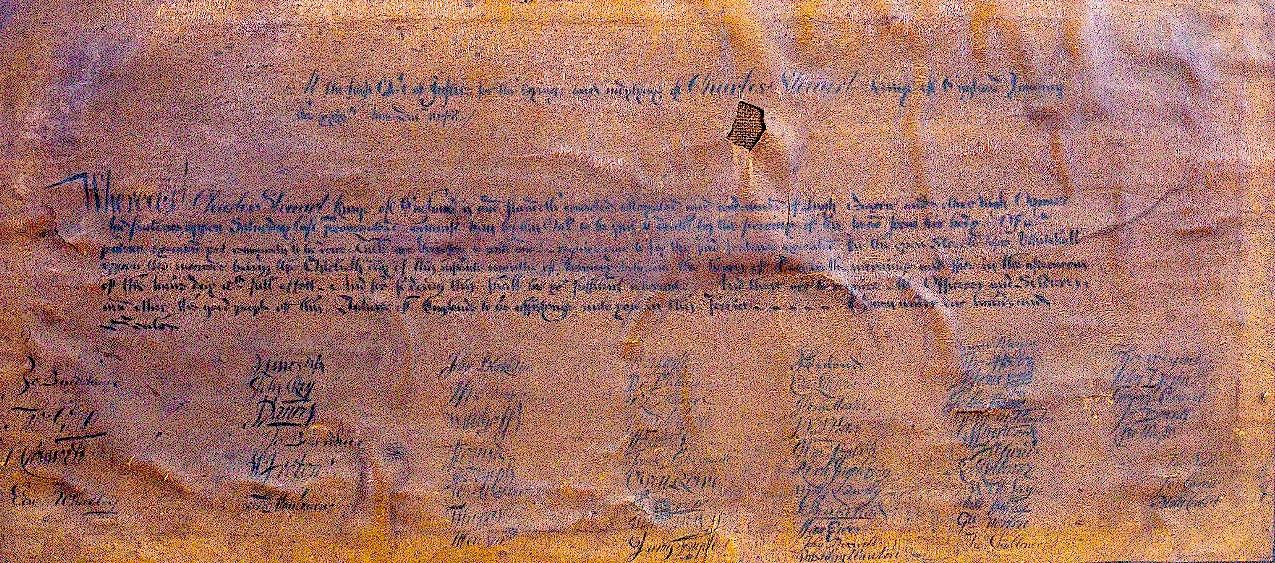

Among items in the Yuko Nii Foundation's Milton collection is a fascinating historical document, a handwritten copy with handwritten signatures without seals, of the death warrant of King C harles I. We originally thought that it may be a copy that hung at Horace Walpole's Strawberry Hill estate.
Walpole was a Member of Parliament from 1754 until 1757. At his home he hung a copy of the warrant for the execution of Charles I over his bed with the inscription "Major Charta" and wrote of "the least bad of all murders, that of a King". In 1756 he wrote:
“I am sensible that from the prostitution of patriotism, from the art of ministers who have had the address to exalt the semblance while they depressed the reality of royalty, and from the bent of the education of the young nobility, which verges to French maxims and to a military spirit, nay, from the ascendant which the nobility itself acquires each day in this country, from all these reflections, I am sensible, that prerogative and power have been exceedingly fortified of late within the circle of the palace; and though fluctuating ministers by turns exercise the deposit, yet there it is; and whenever a prince of design and spirit shall sit in the regal chair, he will find a bank, a hoard of power, which he may lay off most fatally against this constitution. [I am] a quiet republican, who does not dislike to see the shadow of monarchy, like Banquo's ghost, fill the empty chair of state, that the ambitious, the murderer, the tyrant, may not aspire to it; in short, who approves the name of a King, when it excludes the essence.”

Above is a handwritten description that accompanies the Yuko Nii Foundation death warrant. It reads:
“The above is a copy of the Warrant sent o the Sheriff (by the Lords) for the execution of King Charles…the original is preserved among other documents in the Tower; & the Antiquarian Society have in theirs a copy of the same with the seals which were annexed to each signature, but the original seals have long been decayed. Mr. Walpole has also a copy inscribed with a pen “Magna Charta” and one of the only Rings at the King’s burial. It has on it The Kings head in a miniature, behind Deaths head initials C.R. with inscription “Prepared be, to follow m e”. A present from Lady Murray Elliott.”

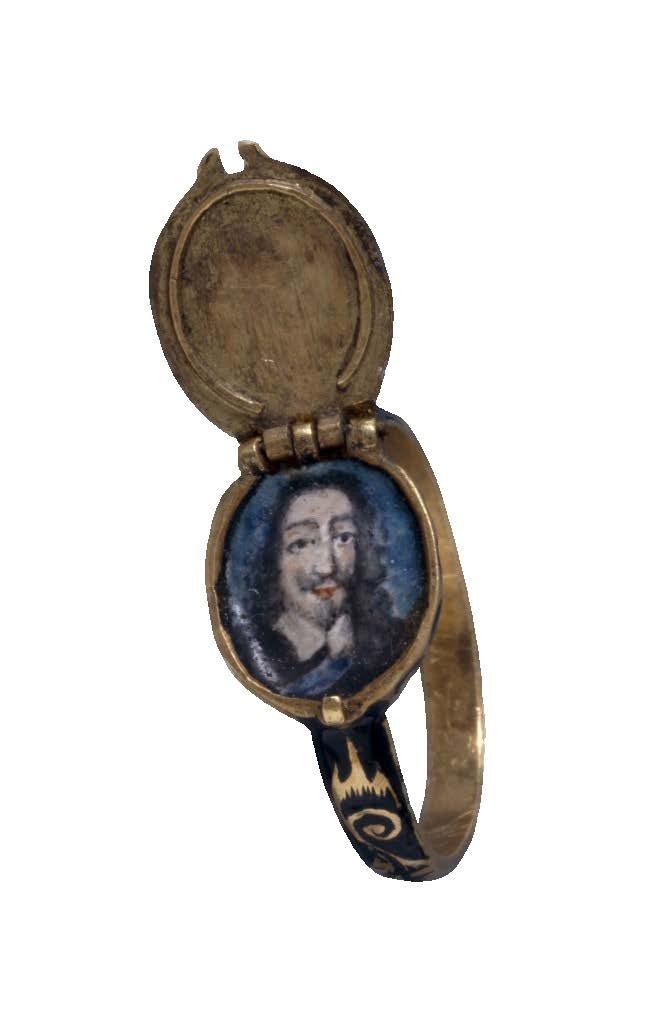
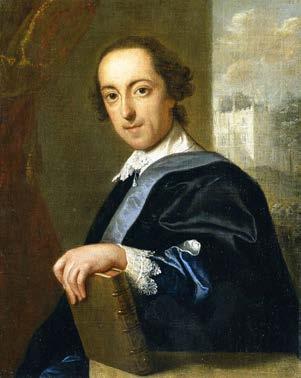



 Horace Walpole
Horace Walpole
The YNF contacted the Strawberry Hill House that has the archives of Horace Walpole.
Dear Yuko Nii:
Thank you for your enquiry. Walpoles’s copy of the death warrant was an engraved (ie printed) facsimile, not a manuscript. The entries in the 1774 Description of Strawberry Hill and the Strawberry Hill sale catalogue are as follows :
Prints, of the house of commons and warrant for beheading of Charles 1st. inscribed with a pen, Major Charta; of Ethelreda lady Townshend; of lord Chatham; lord Holland; lord and lady Strafford; Mr. H. Walpole; and le comte de Guerchy.

Two curious prints, fac similies of Magna Charta and of the Death Warrant of Charles I.
Best wishes,
Michael Snodin, Chairman and Honorable Curator of the Strawberry Hill TrustThe words "Mr. Walpole also has a copy" in the descriptive of the Yuko Nii Foundation (YNF) copy appear s to indicate that this copy might have been made while Walpole was alive (died 1797) perhaps around 1756, the time Walpole had acquired the one he hung above his bed. Or it may indicate that the YNF copy is a copy made at the same time that the original with seals was made and that additional copies were made as “solicitor’s copies” a common practice with legal documents, which would make it 17 th century. One assumes that this copy in the YNF collection was made in the presence of the actual death warrant that is herein described as "...preserved among other documents in the Tower..." unless it is a copy from a copy .
It would still be a remarkable piece of 17 th or 18th C. ephemera for one of the most important periods of English history during which John Milton played a significant role as Cromwell's secretary and advocate of the execution of King Charles. The Yuko Nii Foundation also owns a copy of Defensio pro Populo Anglicano, a Latin polemic by John Milton, published in 1651 that defends the right to execute an unjust monarch.
As we continued to examine and consider the Yuko Nii Foundation’s copy of the death warrant, we consulted paper experts and scholars. We were told that we were asking all the right questions.
Further thoughts were, if there were engraved printed copies available in the 18 th century, why would a handwritten copy be made. Clearly, it would NOT have been. We concluded, therefore, that this handwritten copy in iron gall ink preceded any engraved copy. We have concluded that this is a copy executed between the death of King Charles and the time of Horace Walpole, most probably in the 17th century.
Finally we submitted the YNF death warrant to Nica Gutman Rieppi, Principal Investigator for Art Analysis & Research (US) LLC New York, NY, She was also the chief investigator of for a painting worth nearly half a billion dollars, Leonardo da Vinci’s Salvator Mundi .
The 500- year- old portrait of Jesus Christ has a shady past that includes ownership by King Charles I, a 160 -year disappearing act and a sale for only thousands of dollars just 12 years ago. From TIME MAGAZINE:
“Rieppi and her team of six scientists painstakingly analyzed the painting at a microscopic level, taking minuscule samples to determine the pigments, materials and techniques used to create it. They also used technical imaging with x-rays, infrared and ultraviolet technology to evaluate how it evolved with each stroke.
“The CSI-like research contribu ted to the work of other teams researching the artistic expression (connoisseurship) and history (provenance) of the piece. In the increasingly high-stakes world of multimilliondollar fine art sales, science is becoming ever more important, Rieppi said. The purpose, ultimately, is to “get inside the head of the artist,” Rieppi said

Rieppi’s radiocarbon analysis of the Yuko Nii Foundation death warrant said:
“…giving a calibrated result at the 99.7% probability level with date ranges of 1666-1784 ( 43.0%)…”

Such analysis is imperfect at this time, but detective work and thought can offer insight into what is likely. What is likely is that
1) This carefully rendered handwritten copy in iron gall ink was done prior to any engraved copies
2) The excellence of the copy suggest it was done for an important person or institution that needed a copy for historical or other purposes
3) This copy existed at the time of Horace Walpole, which is why reference is made to Horace Walpole’s engraved copy in the handwritten note that accompanies the YNF copy
So this is an important item.
In January 2019 we received an email from a scholar:
On Jan 19, 2019, at 12:28 PM, Matthew Reeve wrote:

Dear Sir or Madam, I was intrigued to see a reference to a Warrant for the death of Charles I in your collection, which apparently was the one formerly from Strawberry Hill in Twickenham. I have just completed a lengthy study of Walpole's Strawberry Hill but I should be able to draw attention to this important document. Could I ask you to please send me some catalogue information on it and also some indication of its provenance?
Many thanks, Prof. Matthew M Reeve , Associate Professor and Queen's National Scholar , Ph.D. (Cambridge University) , FSA Fellow of the Society of Antiquaries
We are now informing him of our conclusion that it was not the Walpole copy.


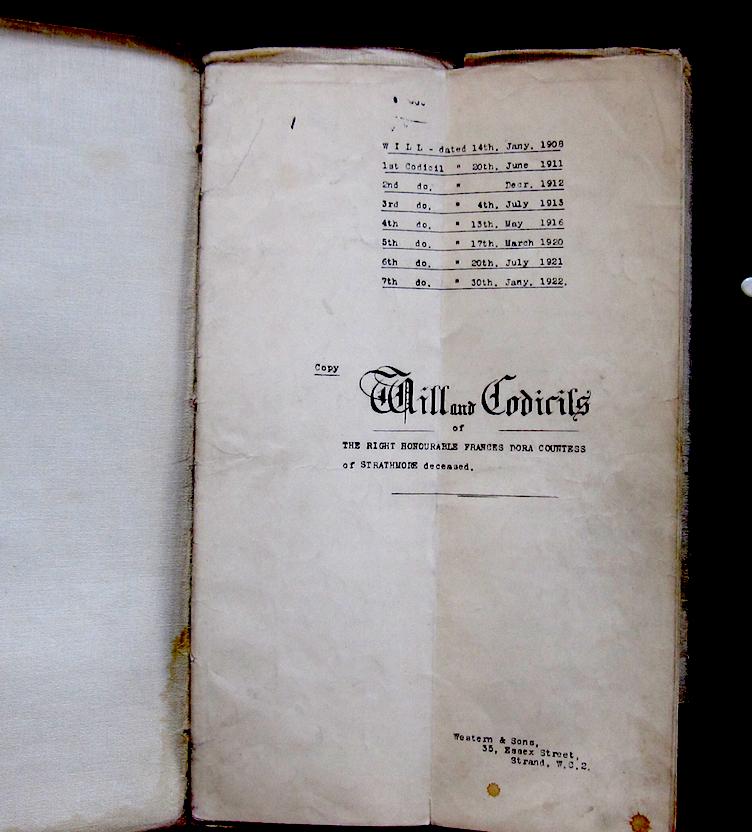
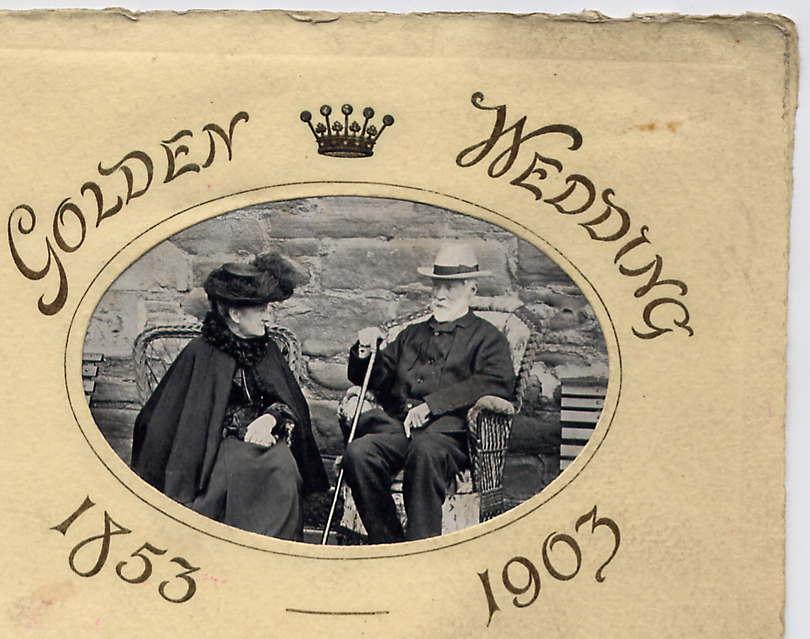
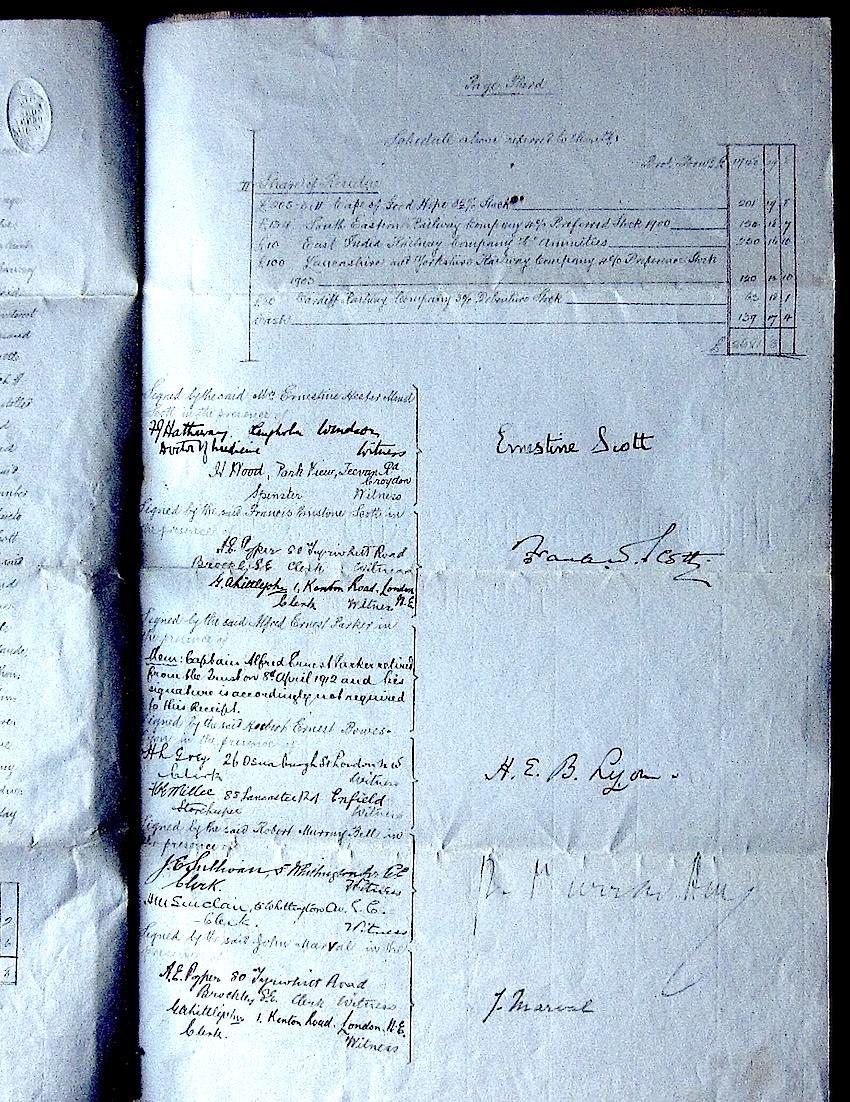






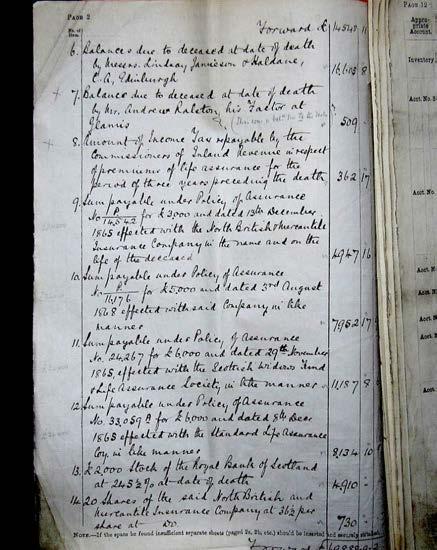
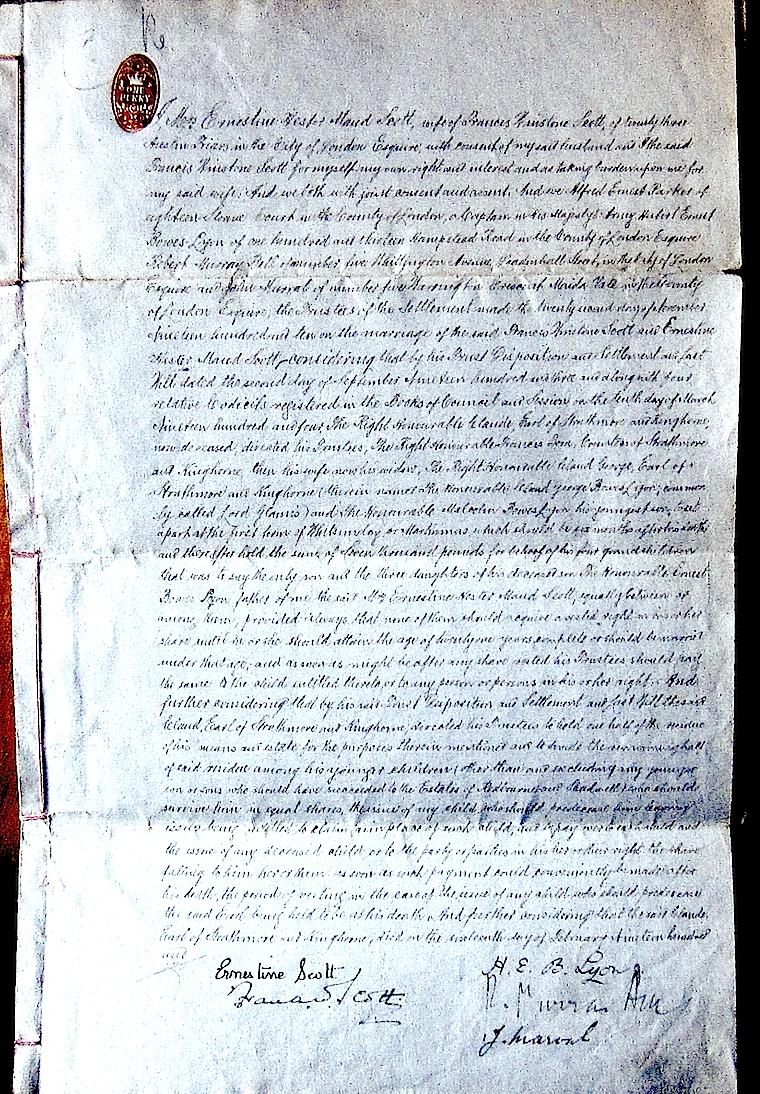



The Yuko Nii Foundation made inquiries about from Glamis Castle, the family seat of the British monarchy. They say that these Strathmore documents are solicitor’s copies. Here is her email:
Dear Terrance,
Thank you for your e-mail. You may be interested in the enclosed extract from The Rev. John Stirton’s book ‘Glamis A Parish History’ (Forfar, W. Shepherd, 1913) on the 13th Earl and Countess of Strathmore, as well as the enclosed photograph of the couple on the occasion of their Golden Wedding in 1903. We also hold the diaries of Claude, 13 th Earl, for 1844 and 1861 to 1904 at Glamis. The peerage web site is helpful if you are trying to piece together the Bowes Lyon family history; for Claude, 13 th Earl, see
http://www.thepeerage.com/p10083.htm#i100829

Thank you again for passing on the scanned copies. It is amazing what can get buried in lawyers’ offices; their records can be a veritable treasure trove. I have listed a few lawyers’ collections over the years and they tend to cover a diverse (and sometimes surprising!) subject area. Please do not hesitate to contact me if you have any other queries and you are most welcome to visit Glamis in the future.
With best wishes,
Ingrid Thompson, Glamis Archivist
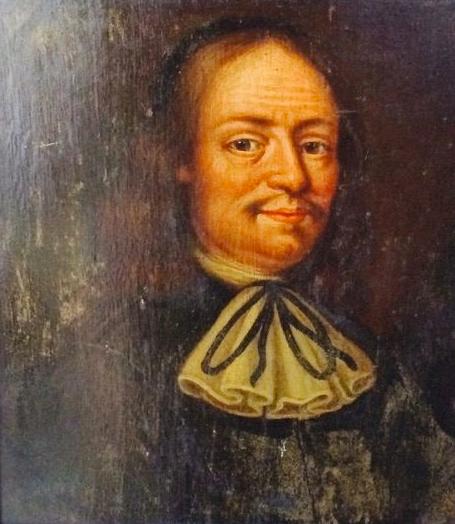
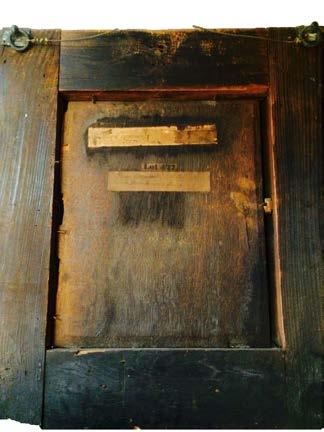
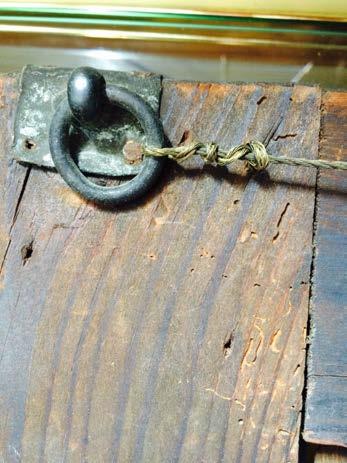
 Oliver Cromwell, Portrait on Panel Collection of the Yuko Nii Foundation
Oliver Cromwell, Portrait on Panel Collection of the Yuko Nii Foundation
Sir Oliver Cromwell, Uncle to the General and Lord Protector of England
June 4, 1628 a marriage agreement between his daughter Mary Cromwell and Edward Rolt of Pertenhall in Bedfordshire. Signed by all three across the sheaths that house the hanging ribbons and seals. Note: Sir Oliver's privy seal still remains attached to its mounting with the embossed lion (walking and facing left) visible to the naked eye.


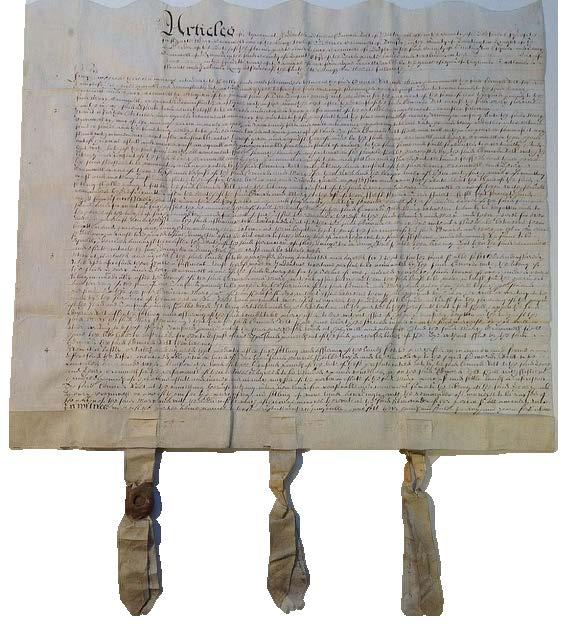
Collection Yuko Nii Foundation


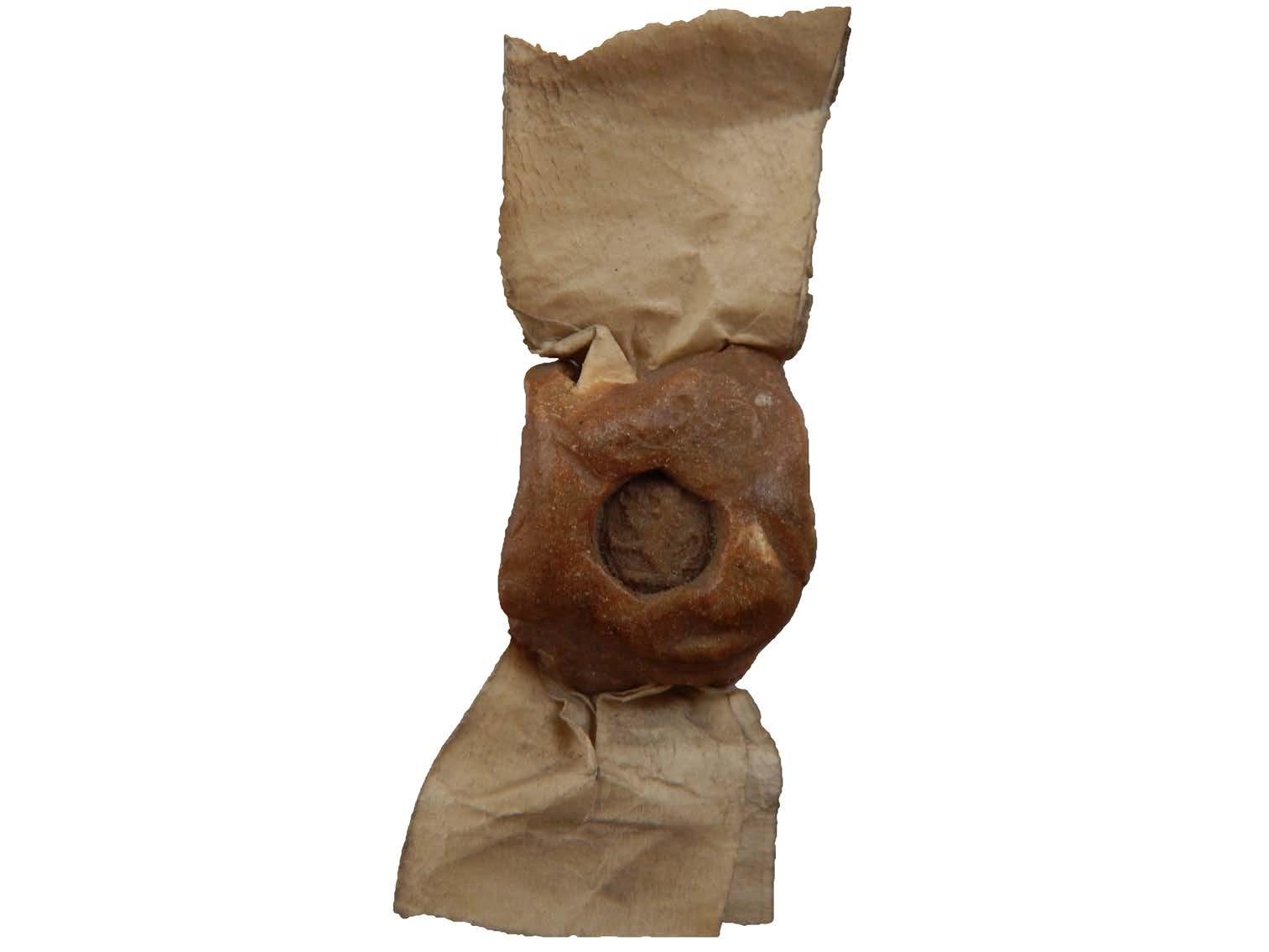


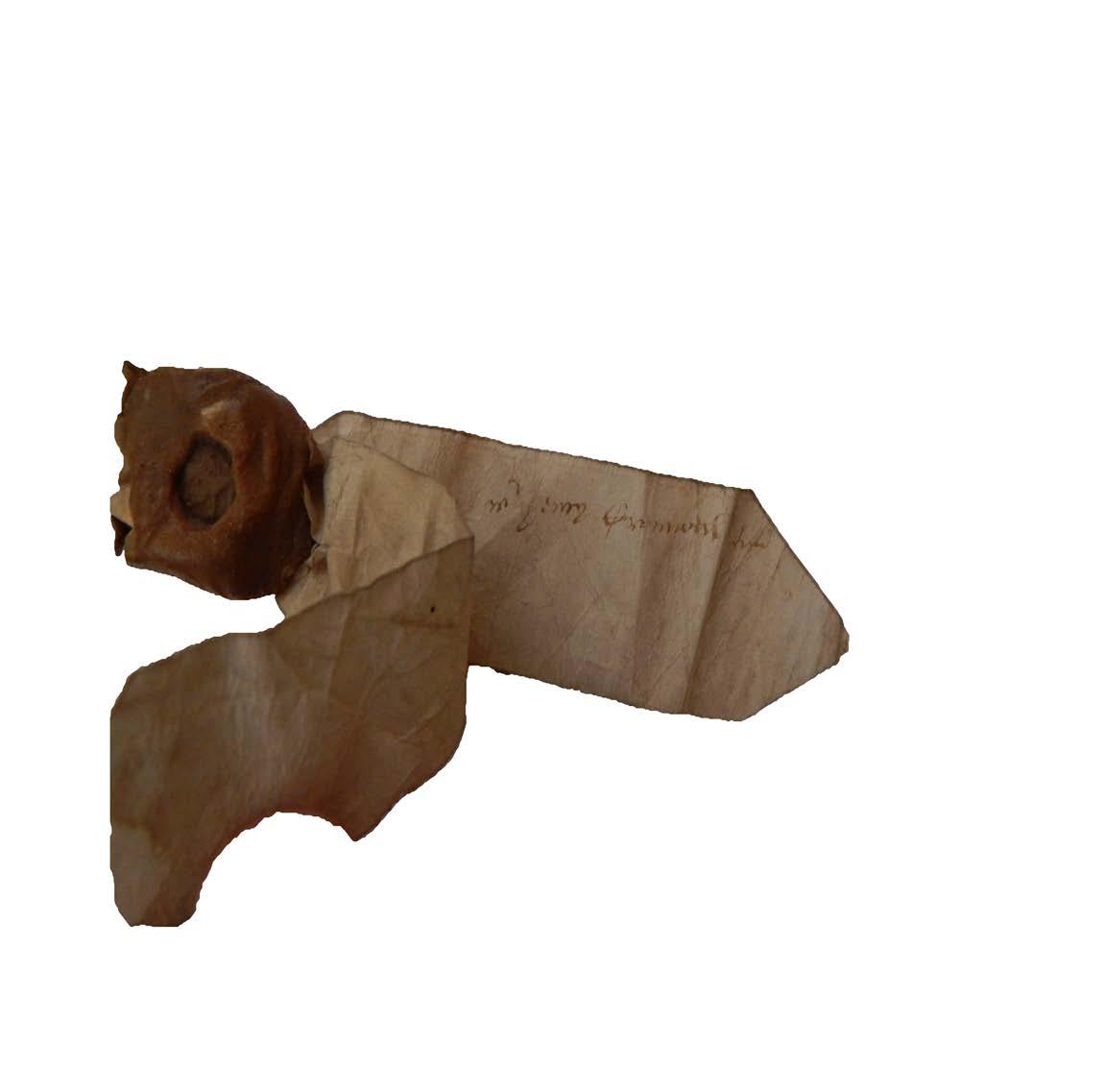
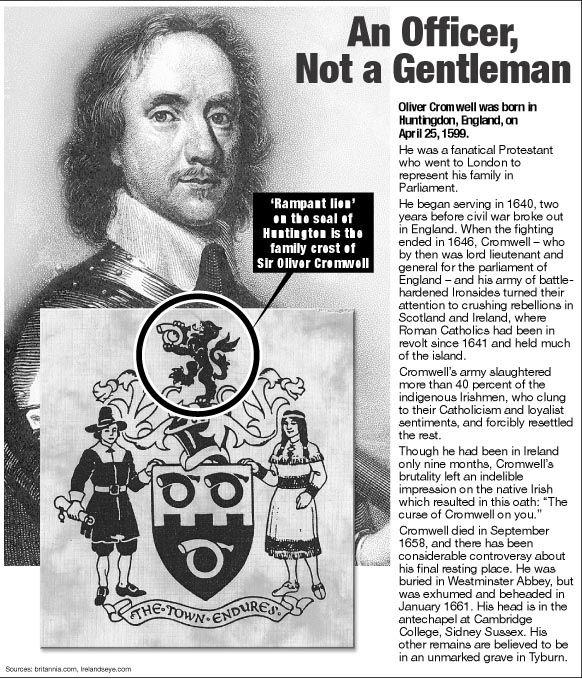
Death Warrant of King Charles I



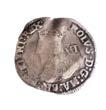
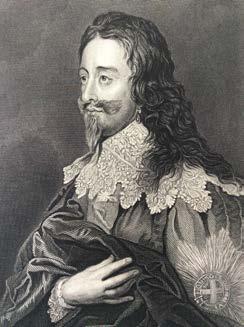
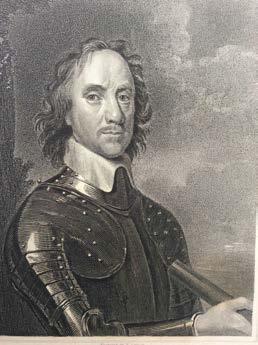

Left: O bverse of the Seal of Charles I as King of Scotland, On the obverse of the Seal, King Charles I, crowned and armoured, is holding the reins of his horse and brandishing a sword with his right hand. In the lower part of the seal, a city (Edinburgh?) can be seen. Two royal badges, the thistle of Scotland and a Tudor rose, are depicted on the bardings of the galloping horse. Above the animal, we find a large fleur de lys a reminder of the claim of the English kings to the throne of France since Edward III and a portcullis. On the edge of the seal, within two circles, appears the motto taken from the Psalm 77:8 Deus Judicium Tuum Regi Da (Give to the King, O God, Thy Faculty of Judgement).
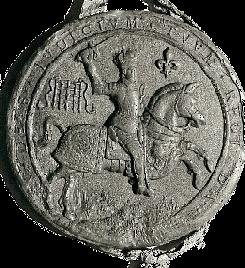
Right: O bverse of the Seal of Charles I as King of Scotland, a fragment, attached a document in the collection of the Y uko Nii Foundation Date: 1635
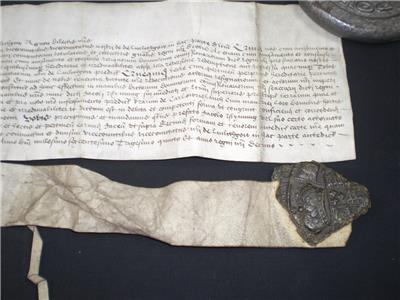
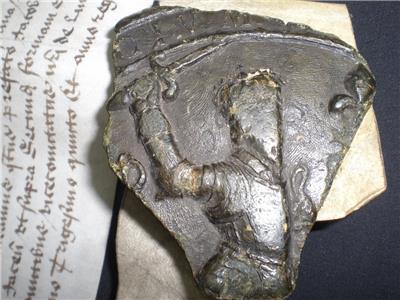


Location: The Carlowrie estate near Edinburgh, part of which is now Edinburgh Airport in Scotland
Persons Involved: William Countie and Joanne Countie. Contents: Deed dealing with property on the Carlowrie estate with the involvement of Parliament with details of the terms and conditions
Material: Vellum Language: Latin . Size: A single leaf 25 inches by 7 inches. Other: There is ornate calligraphy at the introduction. Handwritten in beautiful legible Latin script throughout, at the end is about
Reverse of the Seal of Charles I as King of Scotland

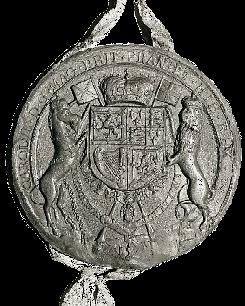
On the reverse of the seal is to be found a superb impression of the Royal Arms of Scotland: Grandquarterly, 1 and 4, Or a lion rampant within a double tressure flory counterflory Gules (Scotland); 2, Quarterly, I and IV, Azure three fleurs de lys Or (France Modern), II and III, Gules three lions passant guardant in pale Or (England); 3, Azure a harp Or stringed Argent (Ireland). The shield is ensigned by the Royal Crown and encircled with a collar of thistles, St.Andrew's badge, and the Garter. Supporters: Dexter, a unicorn Argent, armed crined and unguled or, royally crowned proper gorged with a coronet composed of crosses paty and fleur de lys Gold, a chain affixed thereto of the last passing between the forelegs and reflexed over the back supporting a lance proper from which flies to the dexter a banner Azure, charged with a saltire Argent (Scotland); Sinister, a lion rampant guardant Or, royally crowned proper supporting a like lance from which flies to the sinister a banner Argent, charged with a cross of Gules (England). On the edge of the seal are the royal titles CAROLUS. D. G. MAG. BRIT. FRAN. ET HIB. REX.
This Royal Seal of King Charles I, even a fragment, is a true heraldic treasure and probably unique outside the British Isles.
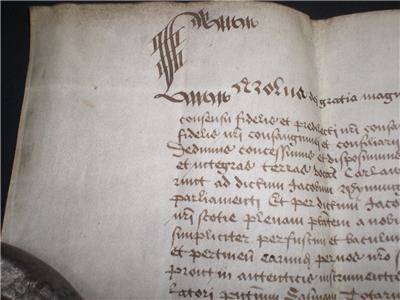
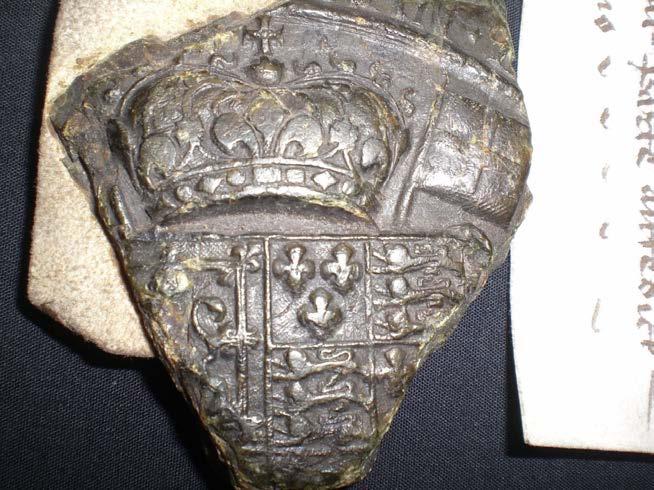
Various English Wax seals with Heraldic Devices
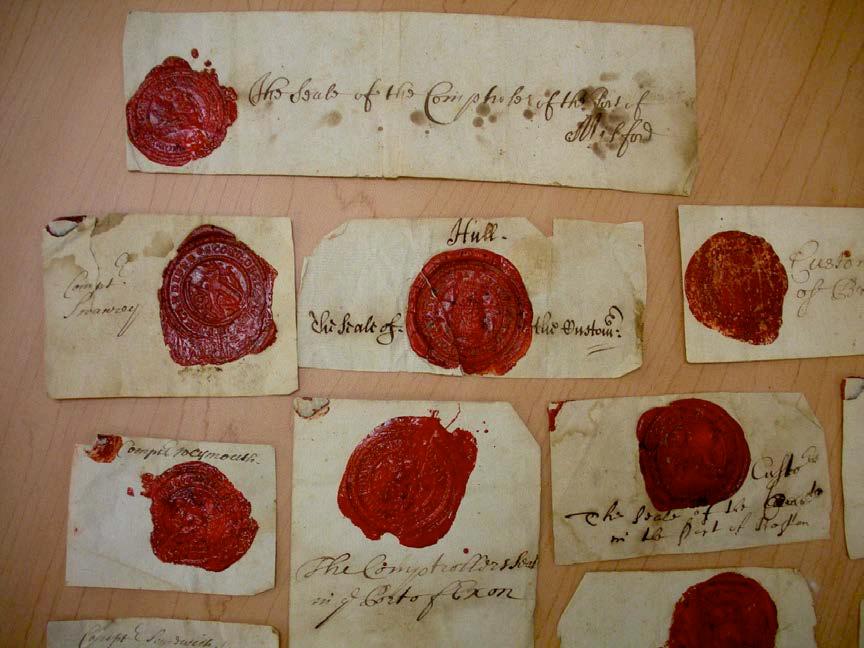
Bottom Rows are from Era of Kings Charles II, Comptrollers and Customs Various Over 400 in the collection of the Yuko Nii Foundation
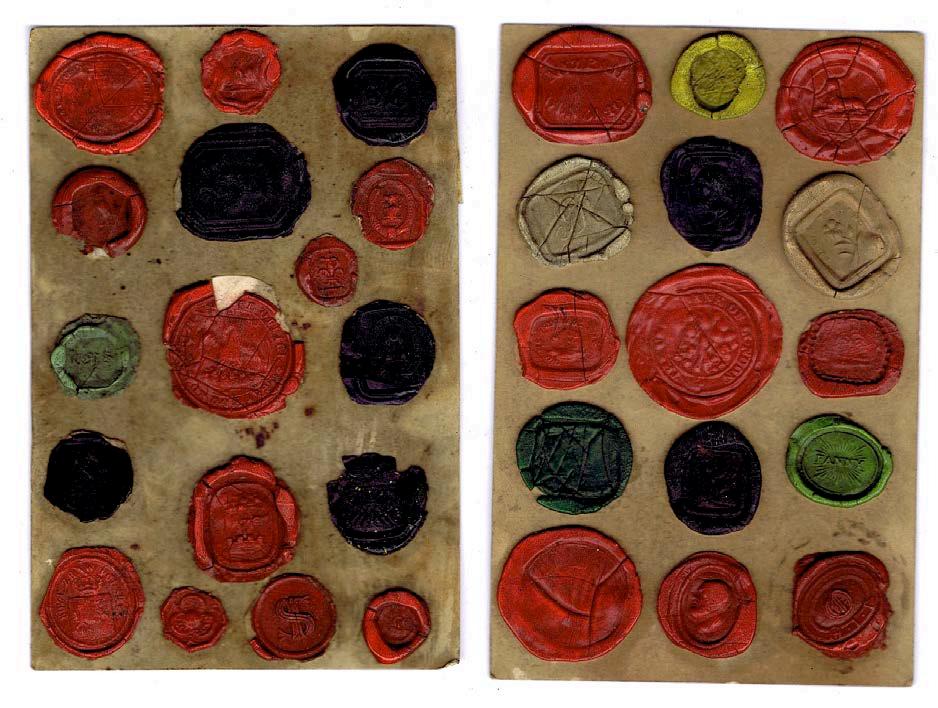
ROYAL DOCUMENT BEARING THE SEAL OF QUEEN ELIZABETH I, In Elegant Chancery Hand
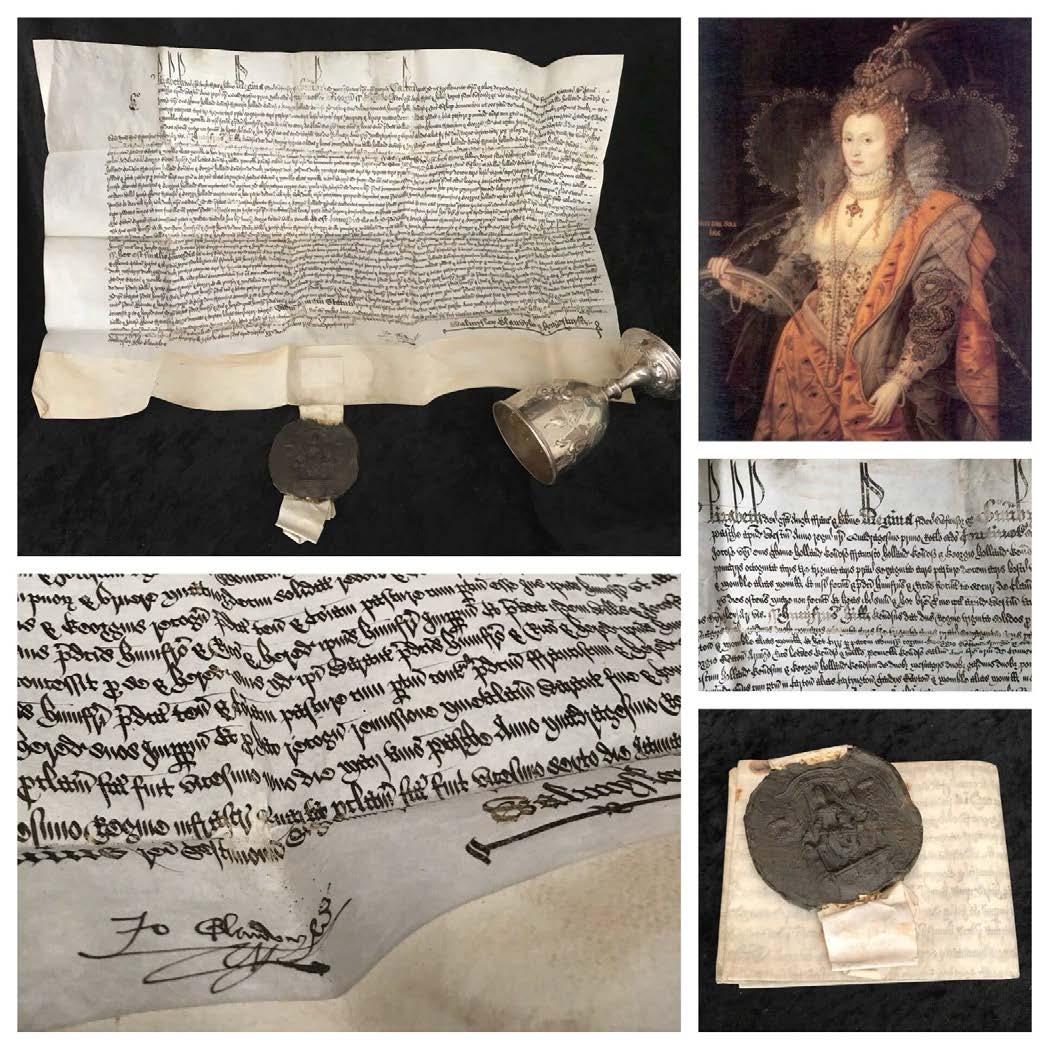
April 25th, 1599
Manuscript on Fine Vellum
Collection Yuko Nii Foundation

This is another wax seal of Queen Elizabeth I in the YNF Collection, the size a plate, showing Elizabeth on a horse. It is remarkably well preserved! It was designed by Nicolas Hilliard, the first famous native miniaturist.

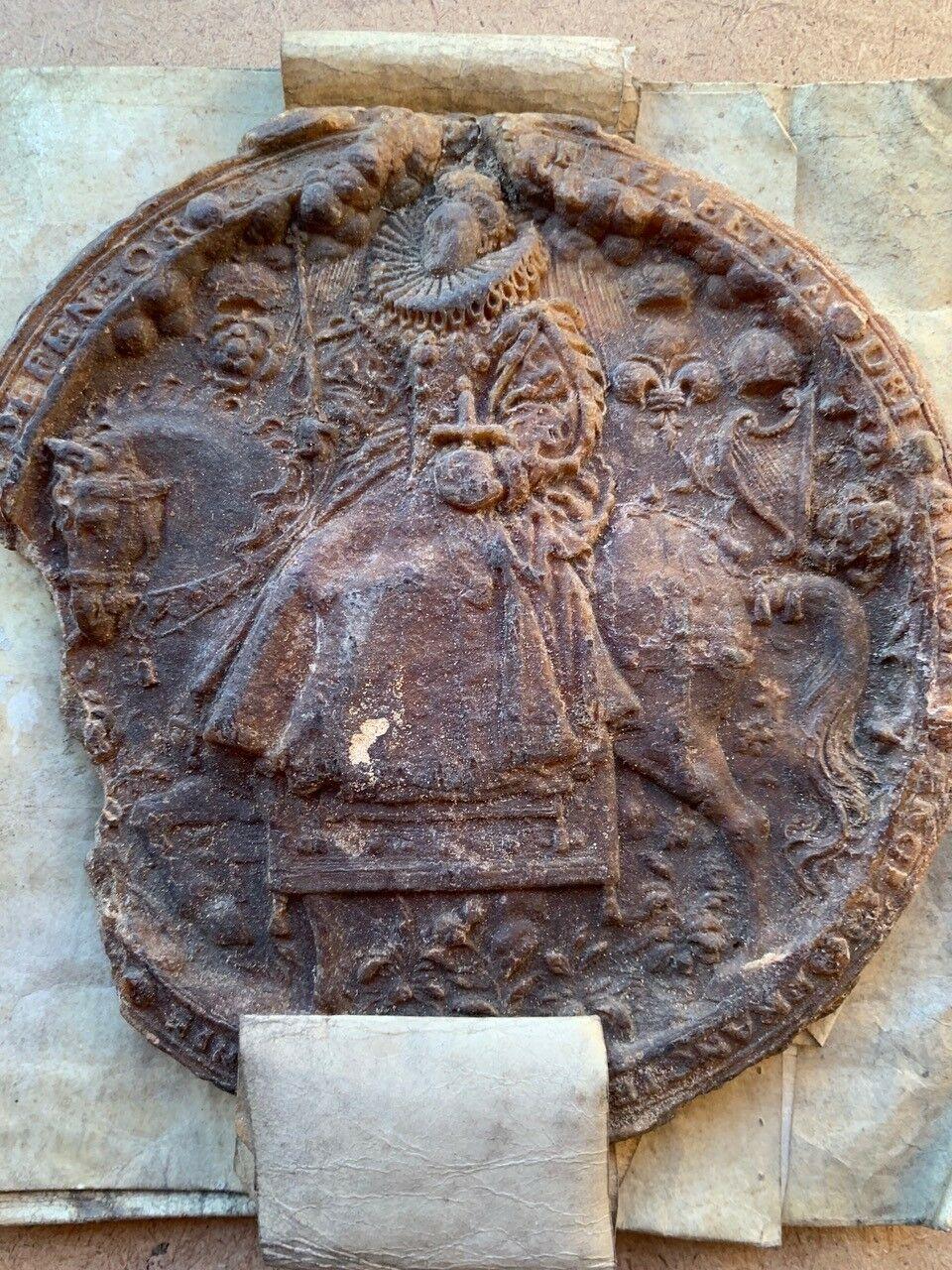

















 Bridget Clifford (Mrs)
Bridget Clifford (Mrs)










